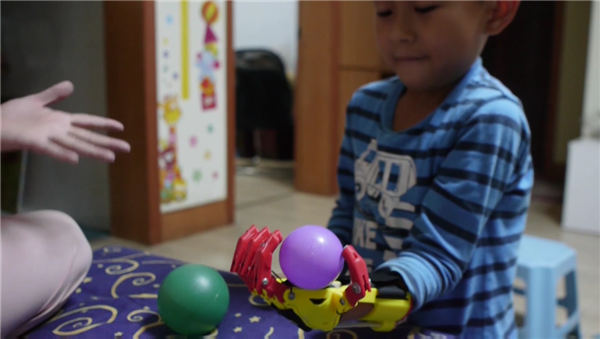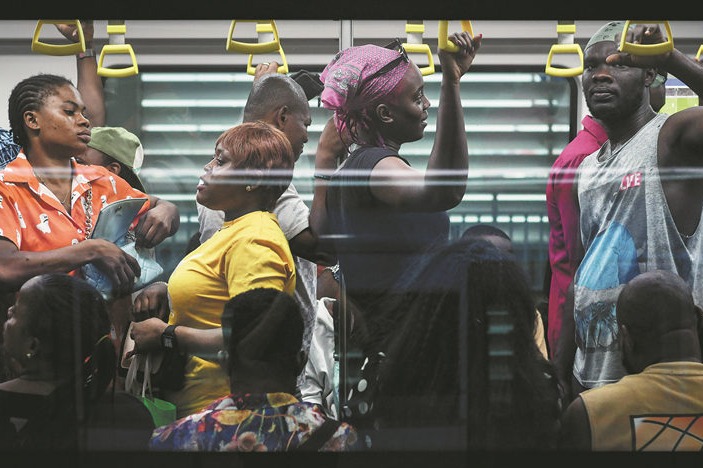A hands on enterprise


Hands On was selected from among 17 teams that showcased at the forum out of over 850 social enterprises in the Asia-Pacific region that applied or were nominated.
Gebrezghi says: "We are happy to see that young people in this region are on their way to building a beautiful future. They have the awareness to solve the social issues and share the social responsibility to make sure that no one is left behind."
Zhang Yan says: "We cherish the UNDP's recognition. Our prostheses can only hold things lighter than 1 kilogram. We still have a long way to go to make hands that can hold heavier things and are affordable to most families, especially in rural areas."
Hands On has built many volunteer communities in Beijing, Shanghai and Guangzhou in the past two years to provide its models for others to study and to enable more people to participate in the cause.
Over 250 volunteers have joined the communities, and 10 have mastered the technology used to design and print prostheses.
Hands On has also started to build an online community to share its technology and models.
Potential and challenge
Dai Hongge, head of engineering-simulation-technology provider Pera Global (Beijing) Co Ltd's medical department, points out that 3D printing isn't even 35 years old, so there's much to explore in terms of its medical applications.
More hospitals and rehabilitation centers have begun to introduce this technology for treatments. They can scan the patients to get their metrics and print customized personal-rehabilitation-assistant devices.
"The 3D printing of prostheses enables our doctors to treat patients more effectively and more efficiently since it streamlines production," says Zhao Liwei, director of the prosthesis and orthosis fitting department of China's National Research Center for Rehabilitation Technical Aid.
Zhao, who has worked in rehabilitation-aid technology for over two decades, sees a bright future for 3D-printed prostheses. He points out the digital models provide specific data to research and share.
He says China's technology for 3D-printed prostheses lags behind that of Western countries.
It is unlikely that 3D-printed prostheses will fully replace traditional ones in the foreseeable future because of structural issues.
"The materials used in 3D printing are still limited," Zhao says.
"The 3D printer can't deal with some complicated details very well, so the development of 3D-printed prostheses in China needs more attention and we hope more young people will devote themselves to this field."




































